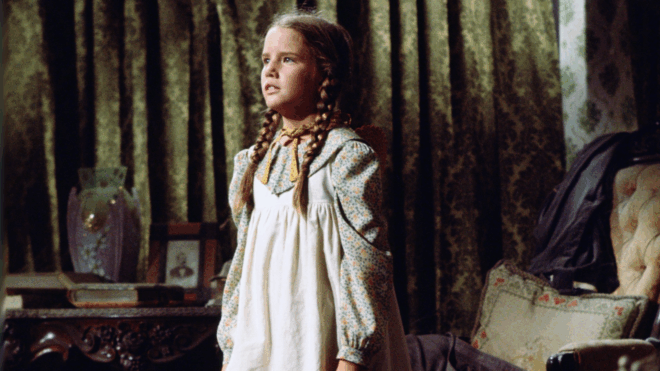
Since the days of Dr. Spock, different parenting styles and philosophies have come and gone. By now, we all know there isn't one right way to raise your kids. Everyone does the best they can with the hand they're dealt. Realistically, no two parents run their households exactly the same way.
What parenting culture has shifted toward emphasizes equipping kids with the skills and tools they'll need. It's a shift from the days of training them on how to think or behave. In doing so, we face a lot of challenges still. In an ever-changing world that's grown increasingly complicated and dark, how do we teach our kids to be kind and empathetic?
Enter "bucket filling," a concept that's said to teach everyone from young children to adults in the workplace how to consciously think of their own feelings and mental well-being as well as those of others. By using a concrete example, we can build on the idea of how happiness, sadness, and the complex myriad of emotions in between are exchanged.
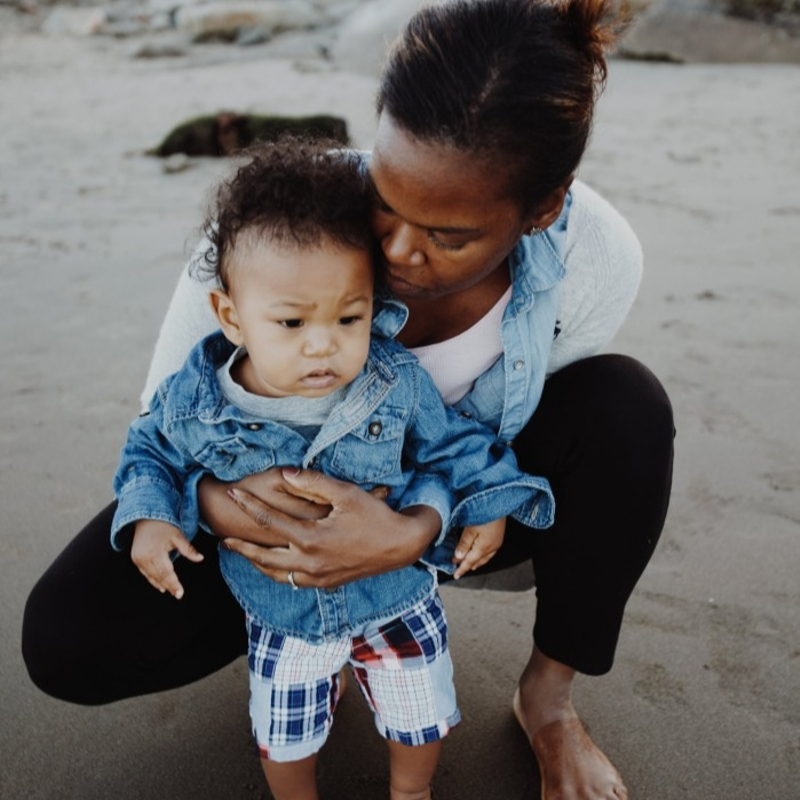
Teaching kids how to be kind and compassionate is important work, but it isn't always easy. Now more than ever, there's a lot of developing gray area in how people deal with one another that parents and children alike are learning to navigate.

In schools, workplaces, and communities around the world, the bucket-filling method is being adopted as a baseline for teaching empathy and emotional well-being to even the youngest kids. It uses the concrete example of a bucket as a reservoir for your emotional and mental self.
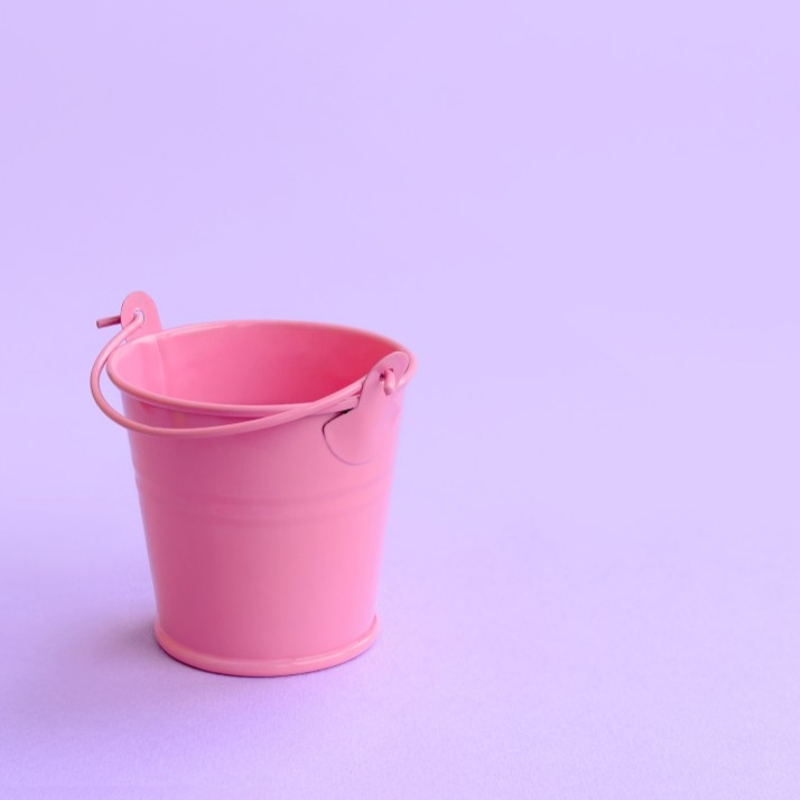
The concept itself dates back to the earliest written fables, but it was first applied to mental and emotional well-being in the 1960s. Dr. Donald O. Clifton first created the “Dipper and Bucket” story, which used an invisible bucket as a reservoir.
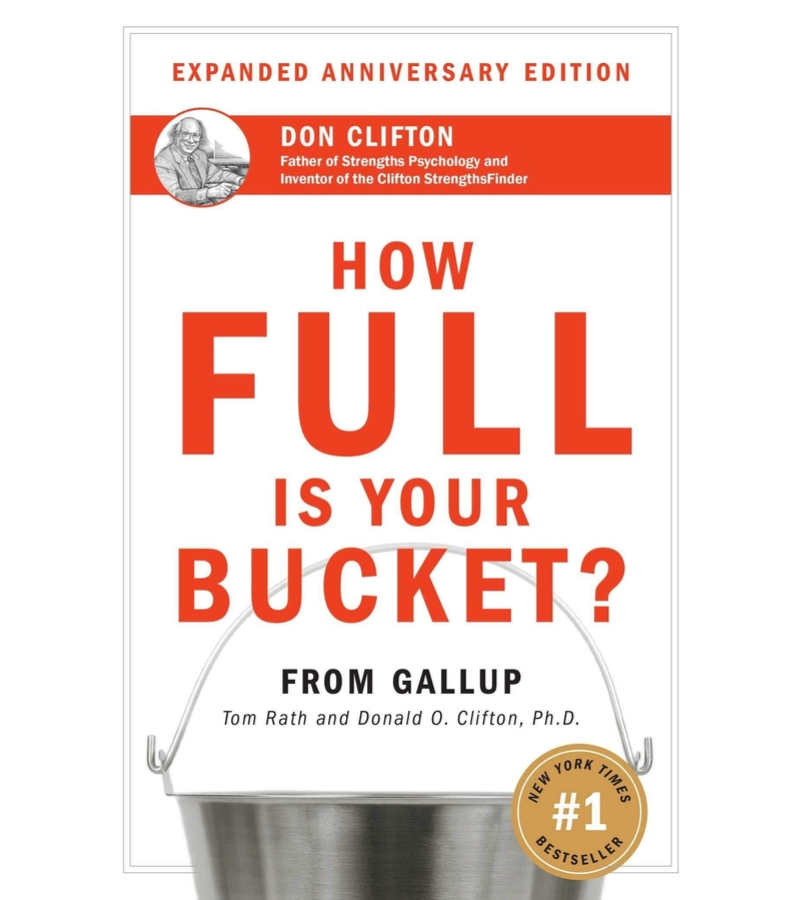
Dr. Clifton also coauthored the No. 1 New York Times best seller, How Full Is Your Bucket? Positive Strategies for Work and Life, with his grandson, Tom Rath. The concept was passed along throughout the decades, and early childhood educator Carol McCloud learned about it in the 1990s.
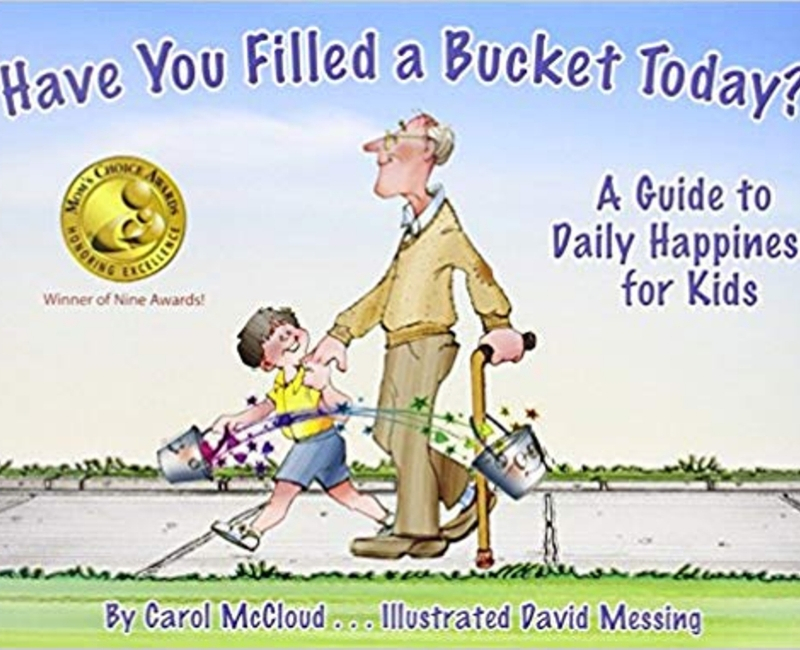
During a research project, Carol discovered it was being taught to children in orphanages in Romania. As she mentioned the concept to others over the years, she realized it would make for an excellent children's book. She published Have You Filled a Bucket Today? A Guide to Daily Happiness for Kids in 2007.
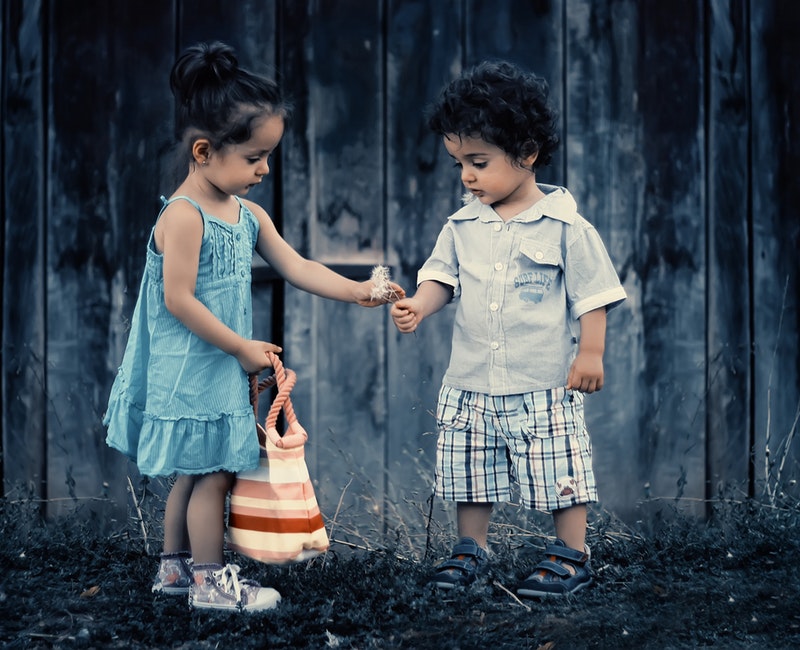
Here's how the bucket works. The Bucket Fillers website explains, "When your bucket is full, you feel more confident, secure, calm, patient, and friendly. Your thoughts are positive and you expect positive results."

Your bucket can also be emptied by negativity. "When your bucket is empty, it contains few, if any, positive thoughts or feelings. When your bucket is empty you can easily become sad, negative, insecure, nervous, angry, depressed, stressed, worried, afraid, or physically ill," the site explains.

"When you experience any of these feelings, it’s easy to believe that life is too challenging and that nothing you attempt will be successful," it continues. "An empty bucket can affect your behavior and cause you to express your emotions in a way that empties the buckets of those around you."

Negativity and upsetting life events can dip into your bucket, depleting your reservoir. Positivity can fill your bucket. There's also the idea of "using your lid," or doing what you can to protect your good thoughts and feelings.
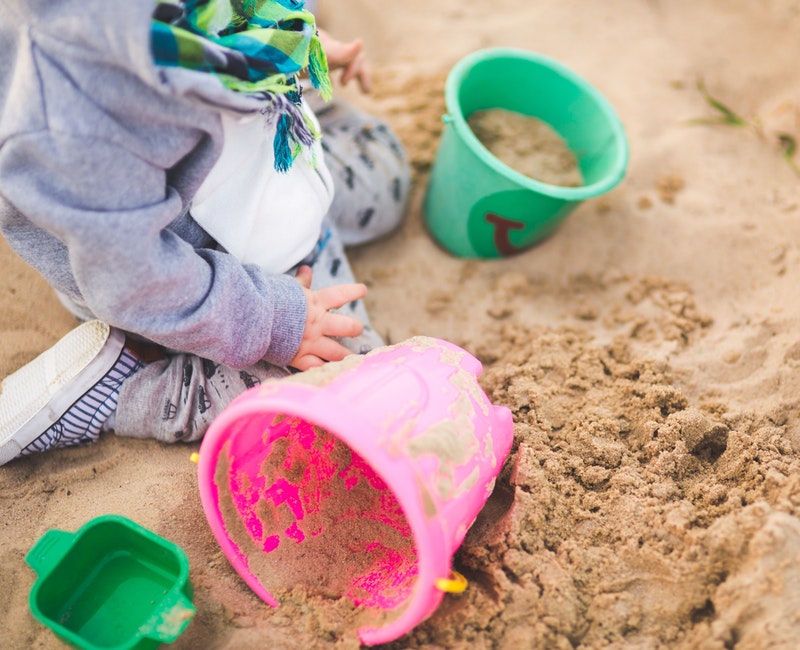
Why does it work so well? Those who use the theory believe it's because of the accessibility of the concept. "The bucket concept is simple and profound: Two-year-olds can understand it and yet it is so profound that therapists who use it are able to help their clients solve the many challenges they hope to overcome," Bucket Fillers explains.
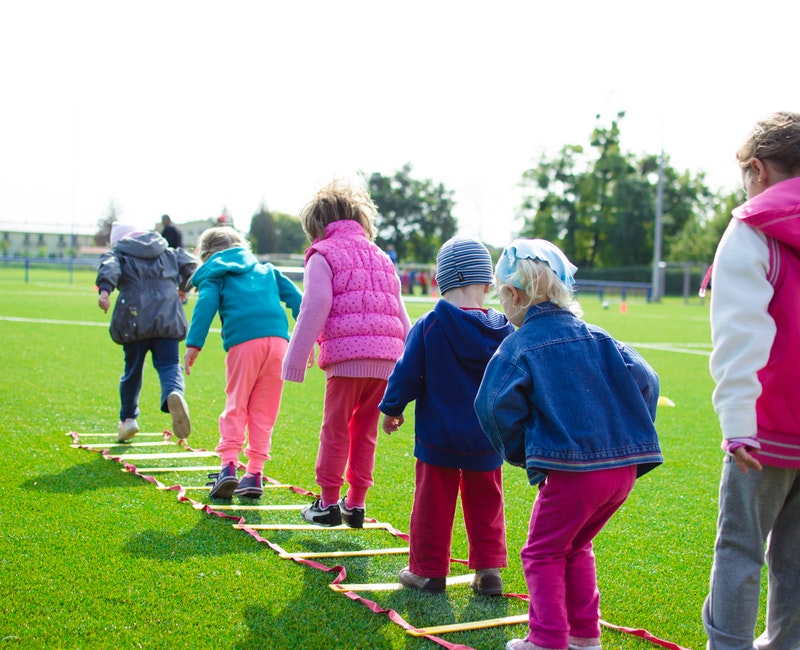
"The concept of a full or empty bucket gives understanding to the motivation behind behavior, i.e. When our buckets are full, we are much more inclined to fill our buckets and the buckets of others and when our buckets are empty, we tend to find ourselves dipping," it continues.
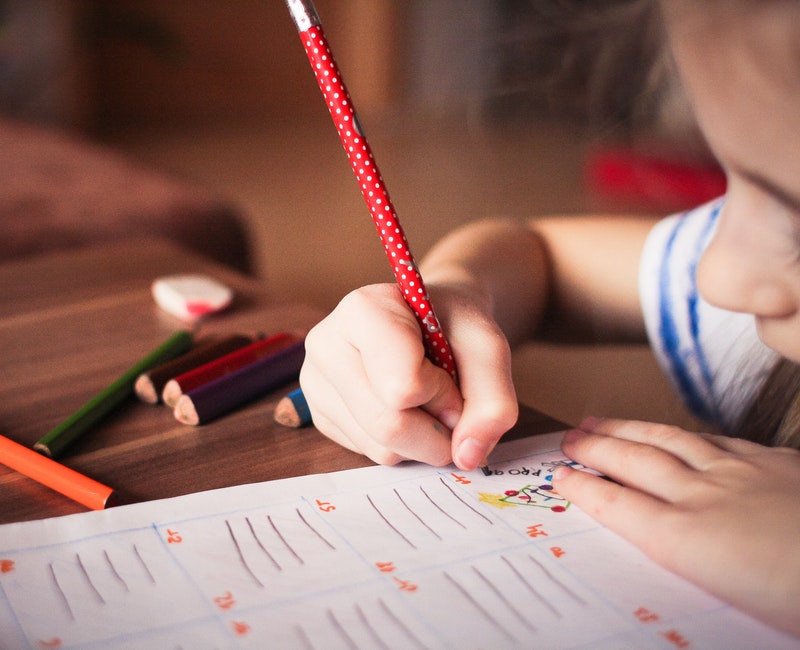
The website also offers a number of free resources that can help you introduce the concept in a school or workplace. It even has teams that give presentations on it, with prices varying depending on the number of people and setting of the presentation.

Pinterest also offers many cool resources courtesy of parents, educators, and others who have embraced the concept. It's amazing how many people have been introduced to the idea and found it really helpful in their chosen environments.

Bucket filling has become so popular as part of household and school environments that there are a lot of children's books using the terms to teach children about the way things go. All these resources are a big help in introducing the concept. That way, kids can learn the idea of focusing on their mental and emotional well-being early on.



